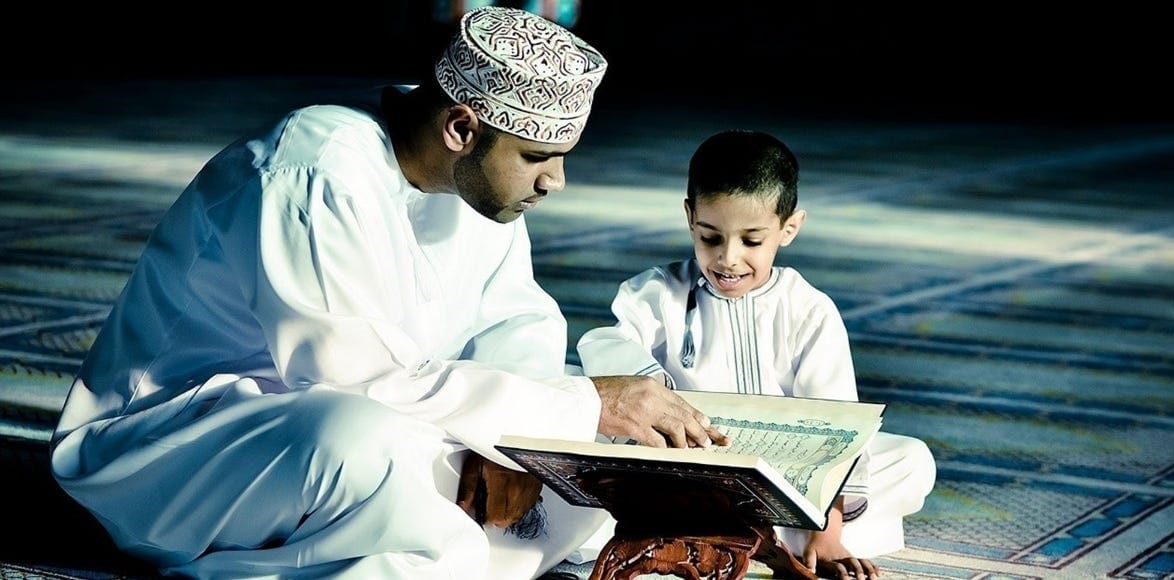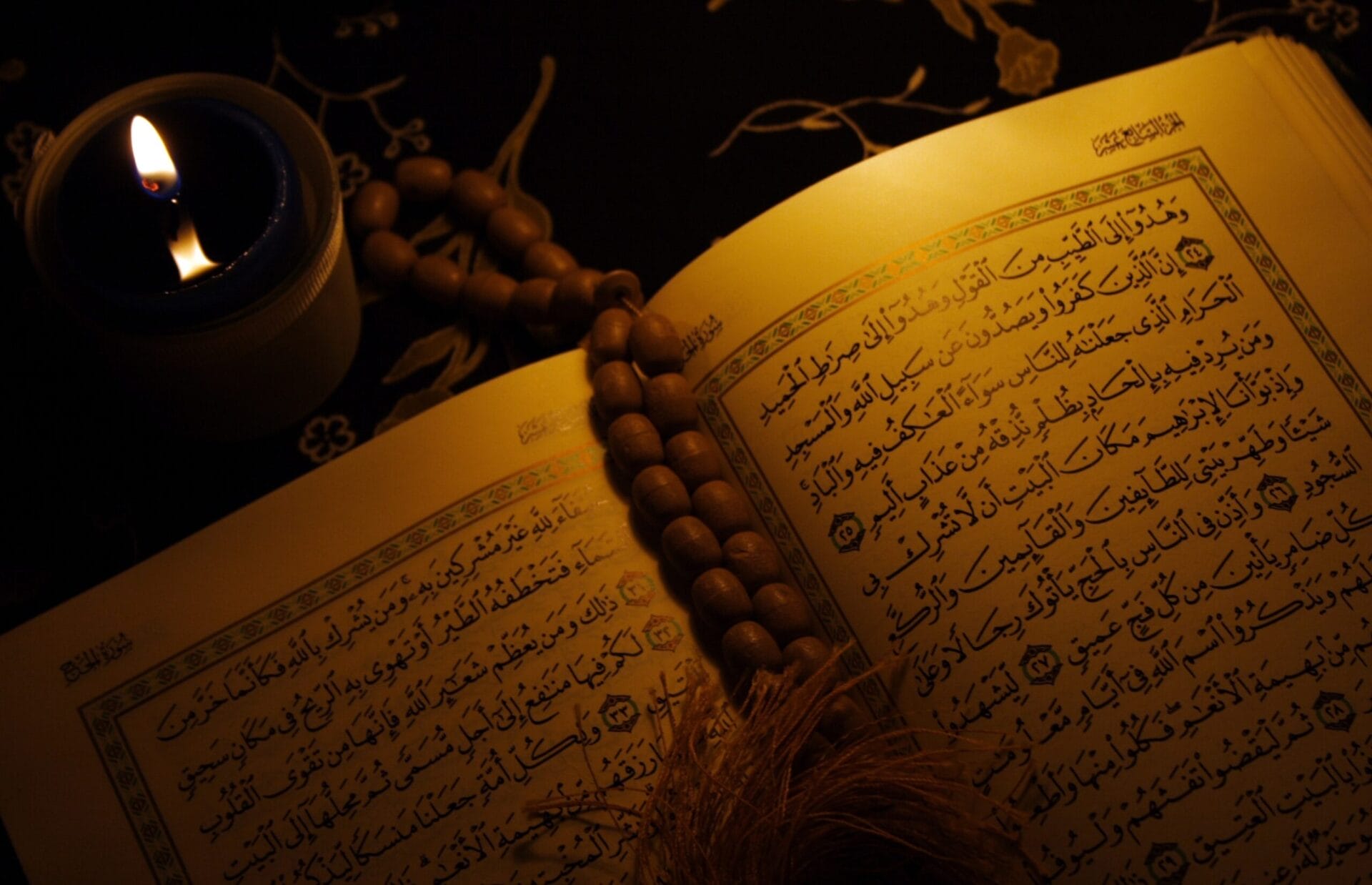In the realm of Islamic scholarship, the concept of Qirat plays a crucial role in the recitation of the Quran. Understanding Qirat offers insights into the depth and diversity of Quranic recitation. Let’s explore what Qirat is, how many types exist, and the significance of each.
What is a Qirat in Islam?
Definition of Qirat
Qirat refers to the various accepted methods of reciting the Quran. Each Qira’at has distinct pronunciation, intonation, and sometimes wording variations, which reflect the linguistic diversity of the early Muslim communities. These variations preserve the authentic way the Quran was revealed.
Significance of Qirat
Qirat ensures that the Quran is recited in the manner it was revealed to the Prophet Muhammad (PBUH). It reflects the rich linguistic and phonetic diversity of the Arabic language and plays a crucial role in preserving the Quran’s original message.
How Many Qiraat Are There in the Quran?
Overview of Qiraat
There are ten primary types of Qirat recognized in Islamic tradition. These types represent different methods of recitation, each with its own set of rules and characteristics. The existence of multiple Qira’at highlights the Quran’s adaptability to various linguistic contexts.
Types of Qirat in the Quran
The Ten Recognized Qiraat
- Qirat Nafi’ al-Madani: Known for its smooth and melodious style.
- Qirat Ibn Kathir al-Makki: Features distinct phonetic variations.
- Qirat Abu ‘Amr al-Basri: Distinguished by specific pronunciation rules.
- Qirat Ibn ‘Amir ash-Shami: Recognized for its unique intonation.
- Qirat Asim al-Kufi: Includes specific elongation and pauses.
- Qirat Hamzah al-Kufi: Notable for its distinctive pauses and emphases.
- Qirat Al-Kisai al-Kufi: Characterized by unique grammatical rules.
- Qirat Abu Ja’far al-Madani: Features particular pronunciation variations.
- Qirat Ya’qub al-Hadrami: Known for its specific intonation patterns.
- Qirat Khalaf al-Bazzar: Distinguished by unique recitation styles.
The Origin of the Types of Qirat
Historical Development
The different Qira’at originated from the seven Ahruf, or modes of recitation, that were revealed to the Prophet Muhammad (PBUH). These Ahruf represented the various dialects and linguistic variations of the time. The transmission of these Qira’at was meticulously preserved by early scholars to ensure their accuracy.

How Many Types of Quran Qirat We Have
Classification and Preservation
There are ten primary Qira’at, each preserved through an unbroken chain of transmission from the time of the Prophet Muhammad (PBUH). These Qira’at reflect the rich diversity of Arabic dialects and phonetic styles, showcasing the linguistic flexibility of the Quran.
Dialects of the Quran 10 types of Qiraat Quran
Explanation of Quranic Dialects, 10 types of Qiraat Quran
The Quran was revealed in various Arabic dialects to cater to the diverse linguistic communities of the early Islamic world. These dialects include phonetic and grammatical variations that are reflected in the different Qira’at.
Influence on Qirat
The dialects influence the pronunciation and intonation in each Qira’at, enriching the recitation experience and allowing for a deeper understanding of the Quranic text.
Do I Have the Choice to Decide Which Qira’at I Want to Recite?
Personal Choice and Guidance
While there is flexibility in choosing a Qira’at for personal recitation, it is important to seek guidance from knowledgeable scholars to ensure that the chosen Qira’at is practiced correctly. The choice may depend on factors such as regional practices, personal preference, and the guidance of learned teachers.
Where Is Each Qiraat Most Notorious?
Geographical Distribution
Qirat Nafi’ al-Madani: Prevalent in North Africa.
Qirat Hafs an Asim: Widely used in the Middle East and South Asia.
Qirat Warsh an Nafi’: Common in West Africa.
Qirat Al-Kisai al-Kufi: Notable in parts of Iraq.
Qirat Hamzah al-Kufi: Found in specific regions of the Arabian Peninsula.
How to Differentiate Between Different 10 types of Qiraat Quran
Techniques for Identification
Identifying different Qirat styles involves understanding specific pronunciation rules, intonation patterns, and grammatical nuances. For instance, some Qira’at may use different vowel sounds or pauses that can be distinctively recognized.
Examples
Qirat Hafs an Asim: Known for its consistent pronunciation and usage of elongation.
Qirat Al-Kisai al-Kufi: Recognized for its unique grammatical constructions.
Enroll in Our Online Qiraat Course
Benefits of an Online Course
Our online Qirat course offers comprehensive training in all ten Qira’at, allowing you to learn at your own pace with access to expert instructors. The course includes interactive lessons, practice sessions, and personalized feedback to help you master the art of Qirat.
Course Details
Comprehensive Coverage: Detailed lessons on each Qira’at.
Flexible Learning: Study from anywhere, anytime.
Expert Guidance: Learn from experienced teachers.
Enroll now to start your journey into the world of Qirat and deepen your understanding of the Quranic recitation.
FAQs
What is the purpose of 10 types of Qiraat Quran in Islam?
Qirat preserves the authenticity of the Quran’s recitation and reflects the linguistic diversity of the Arabic language.
How do the different Qirat affect the meaning of the Quran?
Different Qirat styles preserve the Quran’s meaning while reflecting linguistic variations, enhancing the recitation experience without altering the fundamental message.
Yes, anyone can learn Qirat with dedication and proper guidance from knowledgeable instructors.
Are there any prerequisites for studying Qirat?
While there are no strict prerequisites, a basic understanding of Quranic Arabic and commitment to practice are beneficial.
How long does it take to master a Qira’at?
The time required to master a Qira’at varies based on individual commitment and practice but generally takes several months to years of consistent study.
In summary
Qirat is a vital aspect of Islamic practice that enriches the recitation and understanding of the Quran. With ten recognized Qira’at, each offering a unique perspective, Qirat ensures the preservation of the Quran’s message and its adaptability to various linguistic contexts. Whether you’re a new learner or seeking to deepen your knowledge, studying Qirat provides a meaningful connection to the Quran’s divine message.






